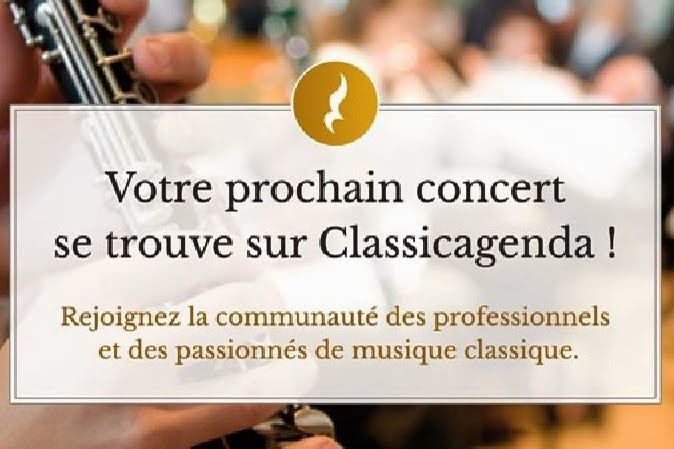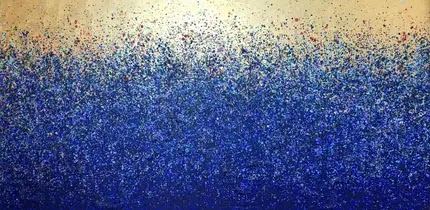Once more I
was back at the rue de la Grande Chaumière. I have already posted about it e.g.
here and here. I had an excellent lunch at a very reasonable price at the
restaurant “Wajda”, which has been here since the 1930’s. (I very seldom –
never – recommend a restaurant, but in this case I feel that I must – also for
the nice welcome feeling).
The address
is the same as the famous art school, “Académie Colarossi”, which was here
between the 1870’s and the 1930’s. Among the students you may especially
mention Camille Claudel, Alfons Mucha (later also teacher), Amedeo Modigliani
and also his last partner, Jeanne Hébuterne... (and for my Swedish friends I can
mention Carl Eldh, Jenny Nyström, Hanna Pauli, Eva Bonnier, Isaac Grünewald,
Siri Derkert, Helmer Osslund…). That said, the school has been closed for a long time, but
you can still find the buildings in the courtyard (if you, as I was, are lucky
enough to find someone to open the front door). Some teaching seems to continue. Someone created a funny face
in the little garden.
Once I had
been to the “Académie Colarossi”, I thought I had to visit also the other
famous art school in the street, the “Académie de la Grande Chaumière”. This is
where I found my top picture… Yes, this is another place where you can learn
painting, drawing, sculpting. (You can read "ARS"; the only explanation I find is that you can translate it by "arts" - there are old expressions, used e.g. in music like "ars antiqua", meaning old art...) This school was created in 1909 and is still
there (despite some threats). Among the teachers you can mention Ossip Zadkine, Antoine
Bourdelle, Othon Friesz, Fernand Léger, André Lhote… and among the students
Joan Miro, Alexander Calder, Tove Jansson, Eero Saarinen, Balthus, Louise
Bourgeois, Serge Gainsbourg, Amedeo Modigliani (again), Serge Poliakoff, Bror
Hjort, Alberto Giacometti…
I went into
another building in the street, where we know that Gauguin lived for a short
while, but the place is especially known as the last living place for Amedeo
Modigliani, who moved tens of times during his Paris years (some difficulties
to pay the rent), but got some financial help to settle down here the last two
or three years of his life. This corresponds to the time he lived with his artist
colleague, model, Jeanne Hébuterne. There was some interruption for a stay in the
south of France (war times – WWI). We come to the dramatic end…I quote
Wikipedia: “In 1920, after not hearing from him for several days, a neighbour
checked on the family and found Modigliani in bed delirious and holding onto
Hébuterne. A doctor was summoned, but little could be done because Modigliani
was in the final stage of his disease, tubercular meningitis. He died on
January 24, 1920, at the Hôpital de la Charité.” I couldn’t get into the studio, in the courtyard, but walking up the stairs in the
front building I got a look at what was their studio, the three top windows on the
left. The photo of the couple was probably taken here. I found a site where one
has tried to artificially create what their studio may have looked like. We
know that Jeanne, eight months pregnant of their second child, committed suicide
two days after Amedeo’s death.
I mentioned Camille Claudel and that she took lessons at the "Académie Colarosso". Her family lived very close, rue Notre-Dame-des-Champs, and she took a studio together with friends at no. 117 of the same street. Yes, there are tens of studios in the courtyard, but which one was Camille's?



























































